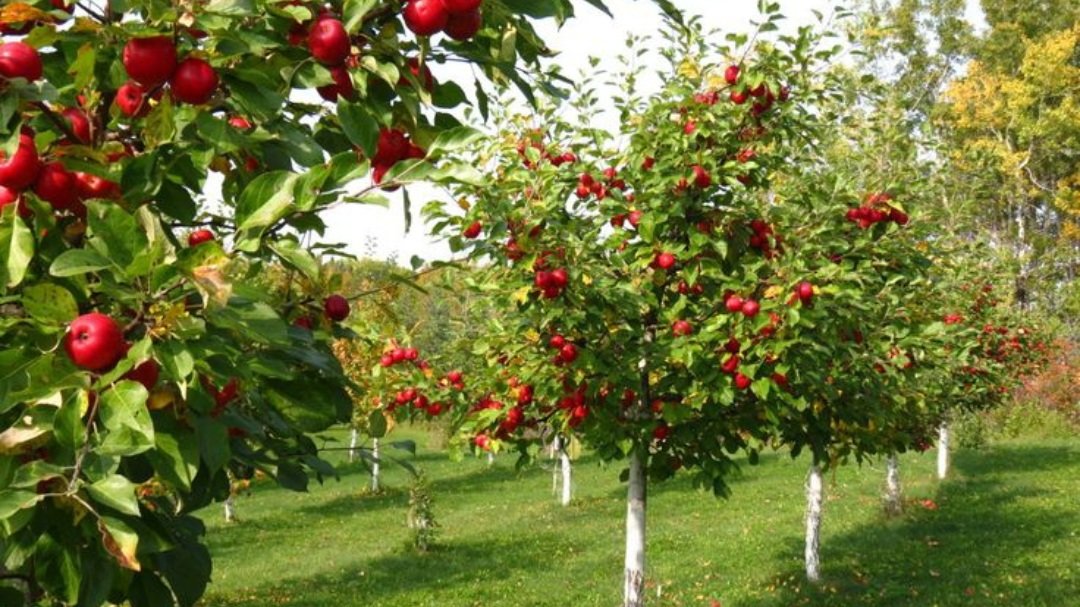
Interesting Fruit Tree Facts
Oldest Fruit Tree: The oldest known fruit tree is the olive tree, with some specimens in the Mediterranean region estimated to be over 2,000 years old.
Height Variability: Fruit trees can vary widely in height, with some dwarf varieties reaching only 3-4 feet tall, while certain species, like the towering apple tree, can grow up to 30 feet or more.
Nutrient Absorption: Fruit trees absorb nutrients and water through their root systems, which can extend far beyond the tree's canopy, sometimes reaching two to three times the width of the branches.
Pollination: Many fruit trees depend on pollinators, such as bees and butterflies, to facilitate the transfer of pollen. For example, apple trees require cross-pollination from a different variety to produce fruit effectively.
Blooming Seasons: Different species of fruit trees have different blooming seasons. For instance, cherries typically bloom in early spring, while citrus trees usually flower in late winter to early spring.
Longevity: Some fruit trees possess impressive lifespans. For example, peach trees can live up to 30 years, while certain varieties of fig trees can live for over 100 years.
Fruit Variety: The apple tree produces thousands of varieties of apples, with estimates suggesting there are over 7,500 different types grown worldwide.
Temperature Tolerance: Many fruit trees require a certain number of chill hours—periods of cold weather—to produce fruit. This is particularly true for temperate fruit trees, such as many apple and pear varieties.
Symbiotic Relationships: Some fruit trees have a symbiotic relationship with fungi in the soil (mycorrhizae) that enhances nutrient uptake, helping the tree grow stronger and healthier.
Climate Adaptations: Fruit trees have adapted to various climates around the world. For example, mango trees thrive in tropical regions, while many varieties of cherries flourish in temperate zones.
These facts showcase the diversity and resilience of fruit trees, making them a fascinating subject for both gardening enthusiasts and nature lovers alike.
